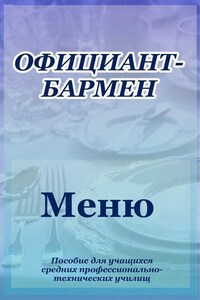Collins Tracing Your Irish Family History

FOREWORD BY RYAN TUBRIDYThe authoritative and comprehensive guide to tracing your Irish ancestryThere's never been a better time to trace your Irish family history. Vast internet resources and DNA testing, as well as access to censuses, religious records and other archive material make this process easier than ever.Anthony Adolph gives you a wide range of tools and information to discover your Irish ancestry. The text is packed with weblinks to enable you to search the great number of records now available online, as well as providing contact information on other sources, such as archives and libraries. He explains how to trace family in Ireland, starting from various countries around the world (including Ireland itself of course), as well as looking at surnames, heraldry, families of non-Irish origin, and poignant stories of migration from Ireland. By reading this book you'll also be drawn into the lives your ancestors led, through the examples, compelling stories and fascinating social history which are interwoven within the text.This is the complete resource for discovering your Irish family history, and as a result, learning more about who you are and where you come from.







